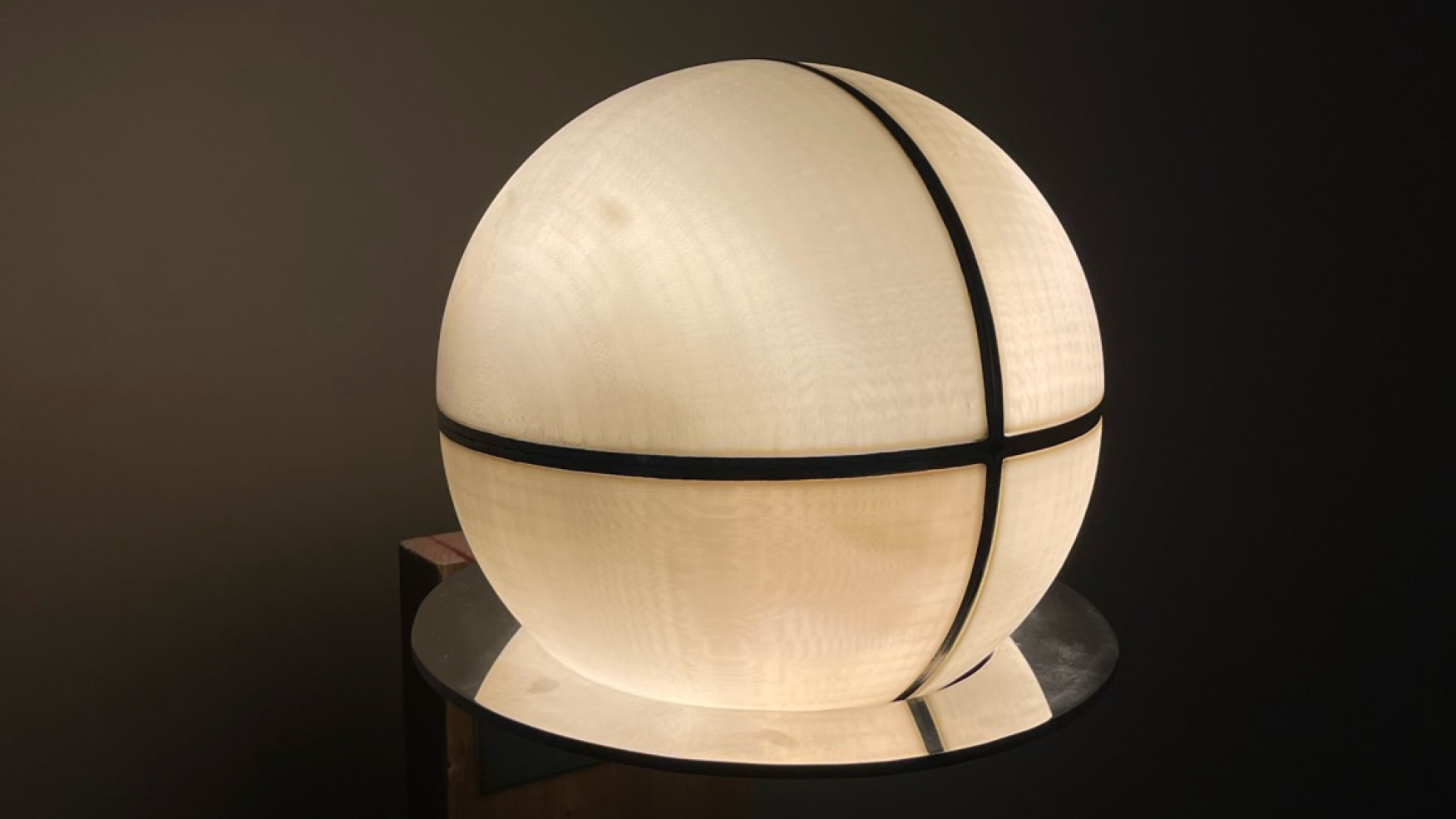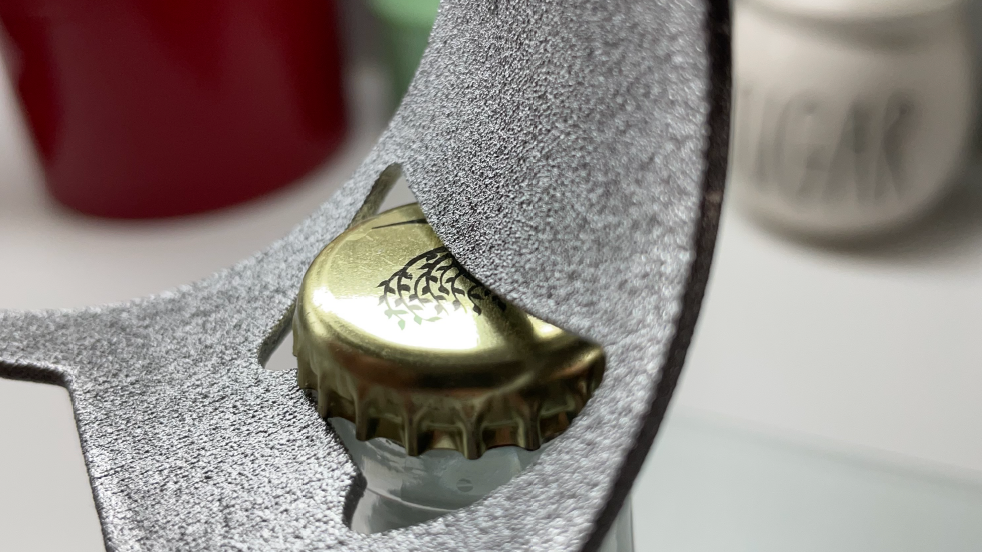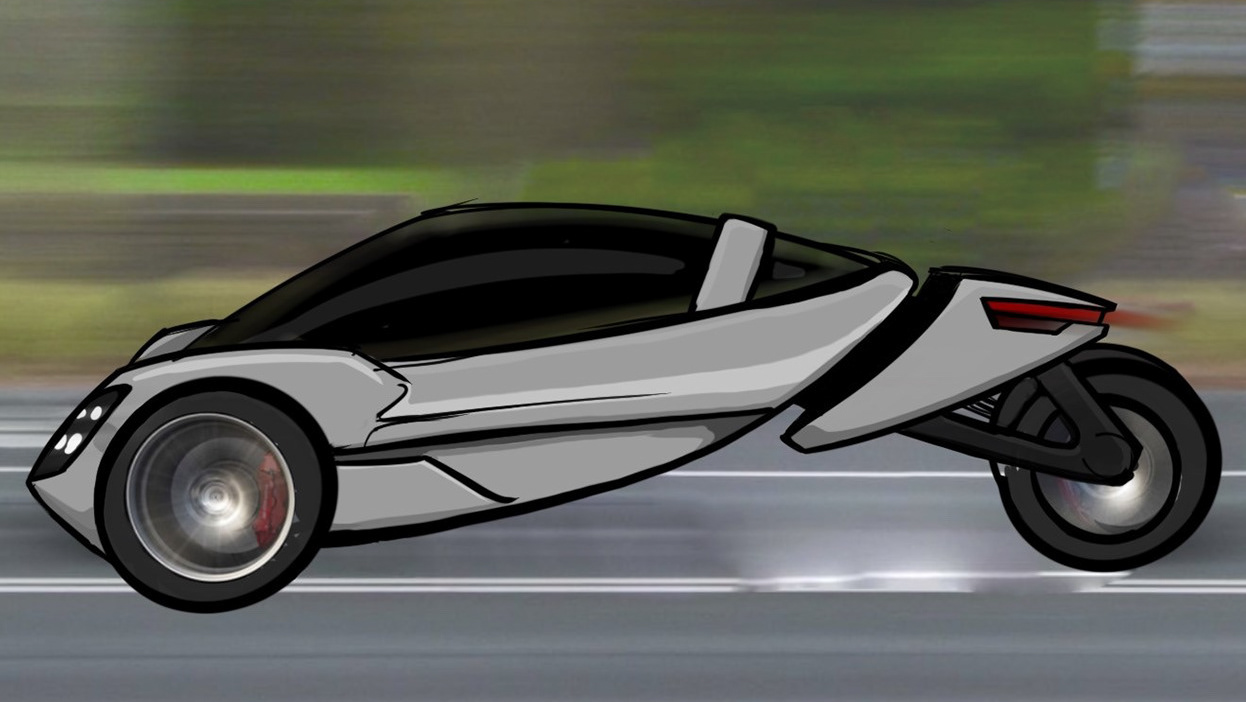Project Awards
Innovation in Design Award
Sponsored by: Maglin Site Furniture
Innovation in Design Award
Sponsored by: James Dyson Foundation
Finalist for ACIDO Rocket Show
CAD Modeling Award
Sponsored by: Objex Unlimited
Visual Presentation by Faculty Choice
Honorable mentions: Best in show
Finalist for ACIDO Rocket Show
Project Summary
COL aims to enhance emergency response in challenging terrains, such as remote wilderness and mountainous regions, where traditional vehicles struggle to reach patients effectively. The increasing popularity of outdoor activities, including extreme sports, has led to a higher frequency of injuries in these areas, highlighting the need for a dedicated solution. The project focuses on improving response times, patient care, and paramedic experience by designing a vehicle with features like adaptive terrain arms and tank-like tracks for better traversal. This innovative approach aims to streamline the process of reaching patients in difficult-to-access locations, ensuring timely and efficient emergency medical care.
The Four Essential Pillars for Design Excellence
The four essential pillars encompass a human-centric design approach and the understanding of full-bodied, three-dimensional physical interaction of user, product, and environment. The projects generate innovative solutions using research-driven, evidence-based designs focusing on user experience.
Enhancement of Human Lifestyle
COL enhances human lifestyle by providing paramedics with a safer, more efficient method of transportation and patient care in challenging terrains, improving their work environment and effectiveness.
For outdoor enthusiasts, COL offers peace of mind, knowing reliable emergency services are available, resulting in increased safety, better care, and faster response times, ultimately enhancing their overall experience and enjoyment of outdoor activities.
Human-Interaction & User-Centric Design
COL embodies human interaction and user-centric design by prioritizing intuitive controls for the driver.
Utilizing two joystick controls, the steering mechanism simplifies navigation—pushing both forward accelerates, while pulling both back brakes. For precise maneuvering, pressing one joystick activates pivot turns. Additionally, the adaptive arms autonomously adjust to terrain, enhancing user comfort and safety by reducing the need for manual adjustments, and ensuring a seamless and user-friendly experience for both paramedics and patients.
Ergonomics & Human Factors Design
COL prioritizes ergonomics and human factors design by integrating features tailored to paramedics' needs.
The saddle-like seats flanking the stretcher provide comfort and support during transit, ensuring paramedics can focus on patient care. Additionally, the adjustable stretcher bed accommodates varying patient sizes, optimizing comfort and safety during transport. The driver seat's adjustable joystick controls further enhance ergonomics by allowing customization to the user's dimensions, ensuring a comfortable and intuitive driving experience in any situation.
Sustainability & Social Responsibility
COL embodies sustainability and social responsibility through its fully electric design, minimizing environmental impact.
The adaptable suspension not only enhances vehicle performance but also reduces harm to the environment, terrain, and ecosystems where it operates. By prioritizing eco-friendly technologies and practices, COL ensures a minimal carbon footprint while providing essential emergency services in challenging terrains, aligning with sustainable principles and social responsibility.
CAD and Physical Model Progression


